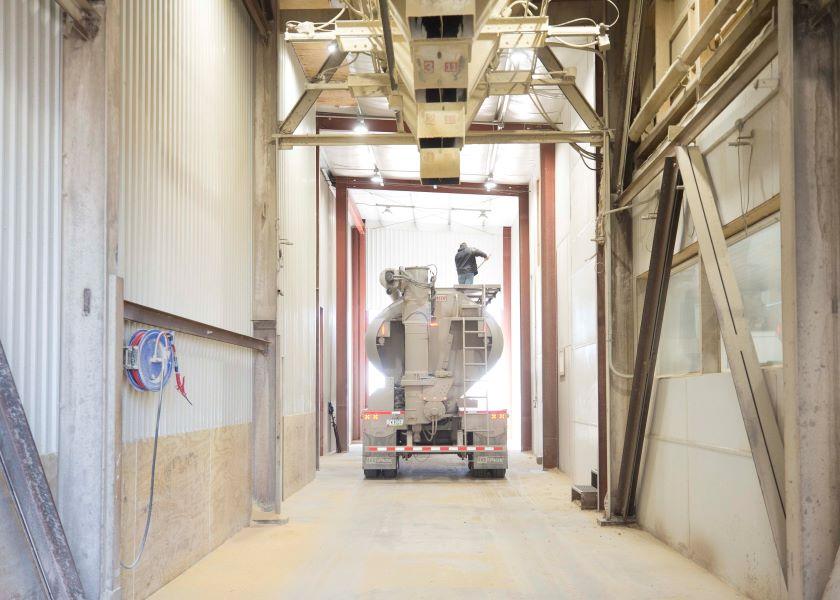Methods to Protect Feed from Foreign Animal Disease

Although foreign animal disease may be more likely to enter the country with the animals themselves, feed – including soybeans, corn and others – also raise concern in the livestock industry, K-State Research and Extension said in a release.
Kansas State University swine researchers report positive results on three processes that aim to lessen the risk of a foreign animal disease entering the U.S. in plant-based feed or feed ingredients.
“African swine fever and classic swine fever are devastating viral diseases affecting swine, and the risk of introducing these viruses through feed and feed ingredients is well documented,” Jamil Faccin, a post-doctoral researcher in K-State’s Department of Animal Sciences and Industry, said in a release.
Previous research has shown that once contaminated feed enters a mill, the virus persists for multiple batches of feed, remains on equipment and can be found on non-feed contact surfaces throughout the mill, said Olivia Harrison, a K-State graduate research assistant in the Department of Animal Sciences and Industry.
Harrison and Chad Paulk, an associate professor of feed science and management, led a team studying the effectiveness of three processes to clean a mill suspected of processing contaminated feed:
• Flushes, which include using batches of feed not intended for consumption, with or without liquid treatments.
• Pelleting feed with a conditioning temperature of 180 degrees Fahrenheit.
• Physical decontamination of equipment, including power washing and various disinfecting strategies.
“All strategies across these three studies were able to reduce the presence of the virus in the mill,” Harrison said, noting the success level varied among the processes tested. But, she adds, “overall, these techniques, along with other biosecurity measures at mills, can reduce the risk of virus spread throughout the swine production system.”
The decontamination techniques are “practical" for mill operators to implement if needed, Paulk said.
“If contaminated with a swine virus, feed mills would act as an epicenter between swine farms and ingredient suppliers,” Paulk said in a release. “Mitigation techniques need to be evaluated to decrease or eliminate these viruses from mills as soon as possible, to reduce the possible spread of disease.”
K-State’s research was conducted as part of a national feed biosafety working group within the U.S. Swine Health Improvement Plan, known as US SHIP, Harrison explained. US SHIP is helping to establish better processes for traceability, biosecurity and disease surveillance in feed and feed ingredients imported to the U.S.
Learn more about feed mitigation strategies and efforts to reduce the the risk of foreign animal disease in livestock at the university’s annual Swine Day, which will take place on Nov. 16 in Manhattan.
Registration is available online at asi.ksu.edu/swineday.







